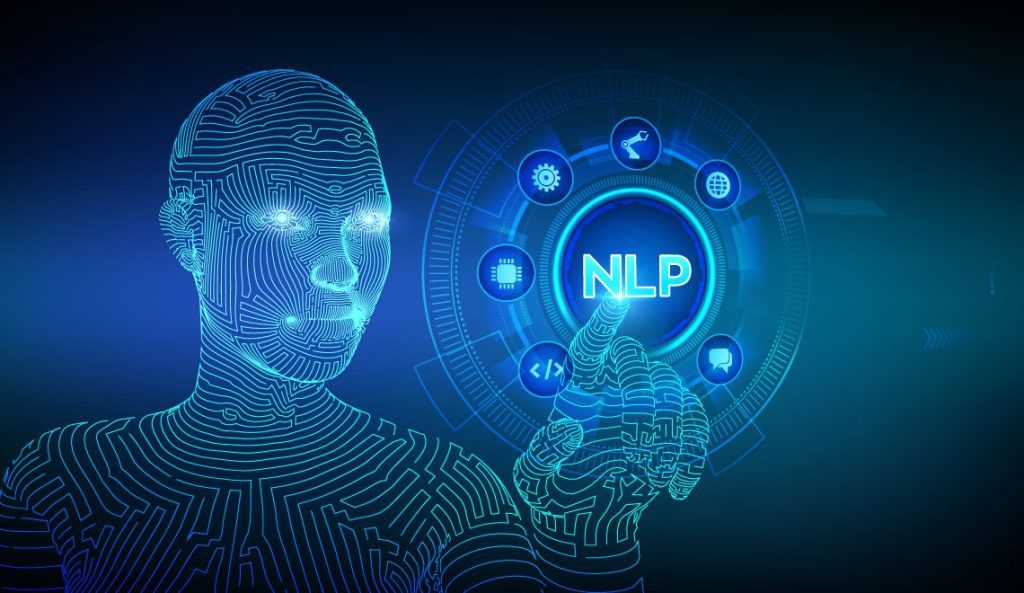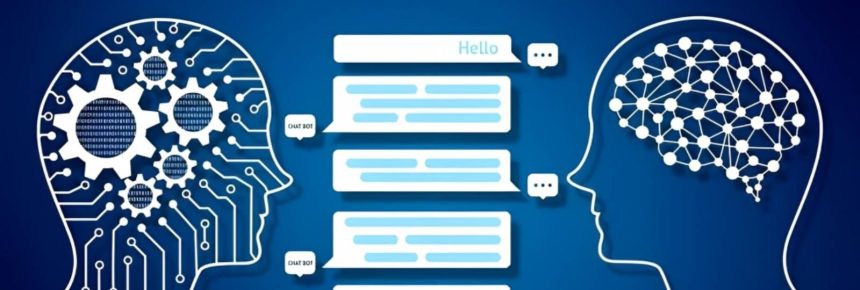NLP (Natural Language Processing) is the branch of computer science and linguistics concerned with the interaction of computers with human language. Its goal is to enable computers to understand, interpret, and generate human language in an accurate and natural way.
NLP involves a range of techniques, including statistical modeling, machine learning, and deep learning, to analyze and process natural language data. Some common applications of NLP include sentiment analysis, language translation, speech recognition, chatbots, and text summarization.
NLP technology has advanced significantly in recent years, thanks to the development of large language models like GPT-3 and the availability of large amounts of text data. As a result, NLP is becoming increasingly important in many industries, including healthcare, finance, e-commerce, and customer service.
What is NLP?
NLP (Natural Language Processing) is a subfield of artificial intelligence and linguistics that focuses on the interaction between computers and human language.
NLP involves the use of various techniques such as machine learning, deep learning, and statistical analysis to process, understand, and generate natural language data. It is used to perform a wide range of tasks, including text classification, sentiment analysis, language translation, speech recognition, and question answering.
NLP technology has been advancing rapidly in recent years, thanks to the development of large language models like GPT-3 and the availability of large amounts of text data. As a result, NLP is becoming increasingly important in many industries, including healthcare, finance, e-commerce, and customer service.
Why is NLP important?
NLP (Natural Language Processing) is important for several reasons:
- Improved communication: NLP enables computers to communicate with humans in a more natural and intuitive way, leading to better communication between humans and machines.
- Efficiency and productivity: By automating tasks that would otherwise require human intervention, NLP can save time and increase productivity. For example, chatbots can handle customer inquiries, freeing up human customer service representatives to focus on more complex tasks.
- Data analysis: NLP can be used to analyze large volumes of text data, such as customer reviews or social media posts, to identify patterns and extract insights that can be used to improve products and services.
- Accessibility: NLP can make technology more accessible to people with disabilities or those who speak different languages. For example, speech recognition technology can enable people with limited mobility to use computers, while language translation software can help people communicate across language barriers.
Overall, NLP has the potential to transform the way we interact with technology and each other, leading to more efficient communication, increased productivity, and better insights into human behavior.
What are NLP use cases for business?
NLP (Natural Language Processing) has numerous use cases for businesses across various industries. Some common examples include:
- Customer service: NLP-powered chatbots and virtual assistants can handle customer inquiries, complaints, and support requests, freeing up human customer service representatives to focus on more complex tasks.
- Sentiment analysis: NLP can be used to analyze customer feedback, reviews, and social media posts to identify positive and negative sentiment, enabling businesses to improve their products and services.
- Text classification: NLP can be used to automatically categorize large volumes of text data, such as emails or support tickets, into relevant categories, making it easier for businesses to prioritize and respond to them.
- Language translation: NLP-powered language translation software can enable businesses to communicate with customers, partners, and employees in different languages, helping to break down language barriers.
- Content generation: NLP can be used to generate natural-sounding text, such as product descriptions, marketing copy, and news articles, enabling businesses to quickly produce high-quality content.
- Fraud detection: NLP can be used to analyze text data, such as insurance claims or financial transactions, to identify fraudulent activity and prevent losses.
Overall, NLP can help businesses to improve customer satisfaction, increase efficiency, and make better decisions based on insights from large volumes of text data.

How does NLP work?
NLP (Natural Language Processing) uses various techniques to analyze and process natural language data.
- Tokenization: The first step in NLP is to break down the text into smaller pieces, called tokens. This is typically done by separating words and punctuation marks.
- Part-of-speech tagging: Once the text has been tokenized, the next step is to tag each token with its part of speech (e.g., noun, verb, adjective). This helps the computer to understand the meaning and structure of the text.
- Named entity recognition: NLP can be used to identify named entities in text, such as people, places, and organizations. This can be useful for tasks such as information extraction and sentiment analysis.
- Parsing: Parsing involves analyzing the grammatical structure of sentences to understand their meaning. This is typically done using a syntax tree, which breaks down the sentence into its component parts (e.g., subject, verb, object).
- Sentiment analysis: NLP can be used to analyze the tone and sentiment of text, such as customer reviews or social media posts. This involves identifying positive, negative, or neutral sentiment and assigning a score to each piece of text.
- Machine learning: NLP techniques such as machine learning and deep learning can be used to train models to perform specific tasks, such as language translation or speech recognition. These models are typically trained on large amounts of labeled data and can be fine-tuned for specific domains or tasks.
Overall, NLP involves a range of techniques and algorithms to analyze and process natural language data, with the goal of enabling computers to understand and generate human language in a way that is both accurate and natural.
What are NLP tasks?
- Categorize text: This involves assigning text to one or more predefined categories based on its content. For example, spam detection or news article classification.
- Sentiment analysis: This involves identifying the sentiment or emotion expressed in a piece of text, such as positive, negative, or neutral.
- Named entity recognition: This involves identifying and extracting named entities, such as people, organizations, and locations, from text.
- Language translation: This involves automatically translating text from one language to another.
- Information extraction: This involves identifying and extracting specific pieces of information from text, such as dates, locations, or product names.
- Text summarization: This involves creating a shorter summary of a longer piece of text, while preserving its most important information.
- Natural language generation: This involves automatically generating natural-sounding text, such as product descriptions or news articles.
What are the approaches to natural language processing?
There are several approaches to natural language processing (NLP), including:
- Rule-based approaches: In this approach, linguistic rules and patterns are used to analyze and process natural language data. For example, a rule-based system may use a set of grammar rules to parse a sentence and identify its constituent parts.
- Statistical approaches: In this approach, statistical models and algorithms are used to analyze and process natural language data. For example, a statistical model may be trained on a large dataset of text to predict the likelihood of a certain word or phrase appearing in a particular context.
- Machine learning approaches: Machine learning algorithms can be used to analyze and process natural language data. In this approach, the algorithm learns from large amounts of labeled data to perform specific tasks, such as sentiment analysis or text classification.
- Deep learning approaches: Deep learning is a subset of machine learning that uses neural networks to analyze and process natural language data. Deep learning algorithms are particularly useful for tasks that involve sequential data, such as speech recognition and language translation.
- Hybrid approaches: Many NLP systems combine multiple approaches to achieve better performance. For example, a system may use a combination of rule-based and statistical approaches to parse and analyze text.
Overall, the choice of approach will depend on the specific task, the available data, and the goals of the project. Different approaches may be more or less effective depending on the context.










